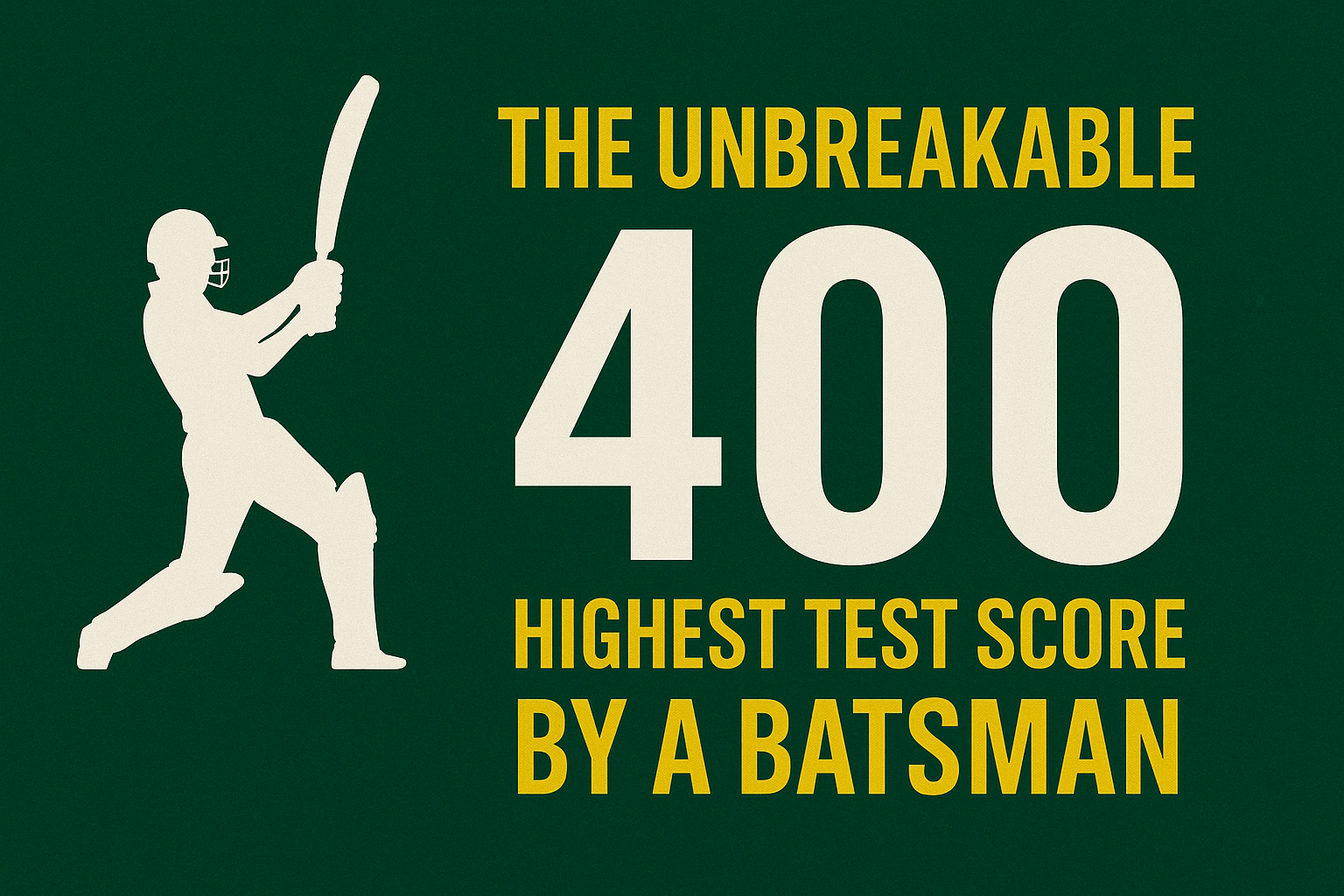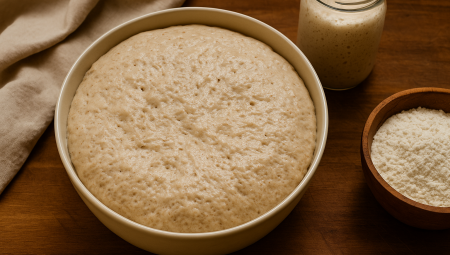In the annals of Test cricket, where endurance, skill, and mental fortitude are tested to their limits, one record stands head and shoulders above the rest: the highest test score by a batsman. This monumental achievement is held by none other than West Indies legend Brian Lara, whose incredible 400 not out remains a testament to human will and cricketing brilliance. As of 2025, nearly two decades after this historic feat, Lara’s quadruple century continues to define batting excellence in the longest format of the game.
This comprehensive article delves into the details of this record-breaking innings, explores the factors that make such a score so rare, and looks at other legendary knocks that came close. Whether you’re a seasoned cricket fan or new to the sport, understanding the significance of this record will deepen your appreciation for Test cricket.
Brian Lara’s 400* Not Out: The Pinnacle of Test Batting
The record for the highest test score by a batsman belongs to Brian Charles Lara, who scored 400 not out against England in the Fourth Test at St. John’s, Antigua, on April 10, 2004. This incredible innings lasted for 778 minutes (12 hours and 58 minutes) and came off 582 balls, including 43 fours and 4 sixes.
The Context of a Historic Innings
Lara’s 400* was not just a personal milestone; it was a defiant statement in a challenging period for West Indies cricket. England had dominated the series, and the West Indies were staring at a potential whitewash. Batting at number three, Lara anchored the innings, displaying unparalleled concentration and skill against a determined English bowling attack.
This innings saw Lara reclaim the record for the highest individual Test score, a record he had previously held with 375 against England in 1994, only to lose it temporarily to Australia’s Matthew Hayden, who scored 380 against Zimbabwe in 2003. Lara’s ability to not just reach, but surpass, his own previous record, cementing his legacy as one of cricket’s all-time greats.
The Rarity of a Quadruple Century in Test Cricket
Scoring 400 runs in a single Test innings is an extraordinary feat due to several inherent challenges of the format:
1. Endurance and Concentration
Test cricket demands immense physical and mental endurance. To bat for almost 13 hours, facing close to 600 balls, requires a level of concentration that few athletes can sustain. Batsmen must constantly assess conditions, bowler strategies, and their own fatigue.
2. Team Declaration and Match Situation
Unlike other formats, Test cricket has the concept of declarations. Captains often declare their innings closed to allow enough time for their bowlers to dismiss the opposition twice and secure a victory. This means a batsman’s individual score is often curtailed by team objectives. Lara’s 400* was possible partly because the match was heading towards a draw, giving him the freedom to bat on.
3. Bowler Quality and Pitch Conditions
Batsmen face top-tier international bowlers for extended periods, who constantly adapt their strategies. Pitches also evolve over five days, sometimes becoming more challenging for batting. To withstand this relentless pressure for such a long duration is remarkable.
4. Risk Management
Every run scored carries a risk of dismissal. To accumulate 400 runs, a batsman must minimize errors, avoid reckless shots, and maintain discipline throughout.
Other Legendary Innings: The Highest Test Scores by Batsmen (Top 10)
While Brian Lara’s 400* stands alone, several other batsmen have produced monumental scores that showcase incredible skill and stamina. Here’s a look at the top individual scores in Test history:
Notable Mentions
- Sir Donald Bradman (AUS): Widely regarded as the greatest batsman of all time, Bradman’s highest Test score was 334 against England in 1930. He also scored 304 against England in 1934 and famously held an average of 99.94. His impact on the game is immeasurable, even if his individual highest score isn’t at the very top.
- Virender Sehwag (IND): Known for his aggressive, boundary-laden style, Sehwag has two triple centuries, with a highest of 319 against South Africa in 2008.
- Shubman Gill (IND): As of early July 2025, Shubman Gill recently made headlines for scoring 269 against England in Birmingham, setting a new record for the highest score by an Indian captain in Tests and the highest by an Indian batter in England. This highlights that monumental scores continue to be achieved in the modern era.
The Evolution of High Scores in Test Cricket: Then vs. Now
The game of cricket has evolved significantly since the early days of Test matches. While bats have improved and pitches are often flatter, modern cricket also brings challenges like increased bowling speeds, highly analytical opposition, and more demanding international schedules.
In the past, fewer Test matches were played, and scoring rates were generally lower. Batting for extended periods was more common, partly due to less aggressive declarations and different tactical approaches. Today, with the advent of T20 and ODI cricket influencing Test match scoring rates, triple centuries and quadruple centuries remain incredibly difficult to achieve, despite the increased frequency of centuries. The focus has often shifted towards impactful, quick scoring to force a result. Yet, the allure of the highest test score by a batsman continues to captivate fans.
Pro Tips for Aspiring Test Batsmen (and Cricket Enthusiasts)
- Master the Basics: A strong defensive technique and sound judgment are the bedrock of long innings. Learn to leave the ball well and play straight.
- Develop Mental Stamina: Train your mind to focus for hours. Visualization and meditation can help improve concentration.
- Understand Your Game: Know your strengths and weaknesses. Be selective with your shots and avoid unnecessary risks.
- Analyze Conditions: Adapt your game to the pitch, weather, and opposition. Some days call for aggression, others for patience.
- Fitness is Key: To bat for days, you need exceptional physical fitness. Strength, endurance, and recovery are vital.
- Learn from the Greats: Study the innings of players like Lara, Bradman, and Tendulkar. Observe their technique, temperament, and shot selection.
Frequently Asked Questions (FAQ)
Q1: Who holds the record for the highest score in all first-class cricket?
A1: The record for the highest score in first-class cricket (which includes Test matches, but also domestic long-form games) is also held by Brian Lara, who scored an astonishing 501 not out for Warwickshire against Durham in 1994. This means Lara holds both the world record for the highest individual score in Test cricket and in all first-class cricket, a truly unique distinction.
Q2: Has any batsman scored a triple century more than once in Test cricket?
A2: Yes, several batsmen have scored triple centuries more than once in Test cricket. Notable names include Don Bradman (2), Brian Lara (2), Virender Sehwag (2), and Chris Gayle (2). This underlines their exceptional ability to convert big scores into truly monumental ones.
Q3: What is the highest score by an opening batsman in Test cricket?
A3: The highest score by an opening batsman in Test cricket is Matthew Hayden’s 380 against Zimbabwe in 2003. This innings was famously surpassed by Brian Lara’s 400* just months later.
Conclusion
The highest test score by a batsman, Brian Lara’s magnificent 400 not out, remains a shining beacon in cricket history. It represents not just an individual achievement, but the epitome of what can be accomplished through sheer talent, dedication, and unwavering focus in the most challenging format of the game. As the world of cricket continues to evolve, this record stands as a timeless reminder of human excellence on the pitch, inspiring generations of batsmen to push the boundaries of what’s possible.
What’s your favorite memory of a historic Test innings? Share your thoughts and stories in the comments below!



